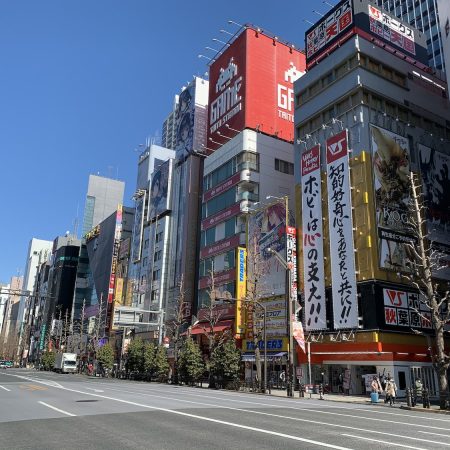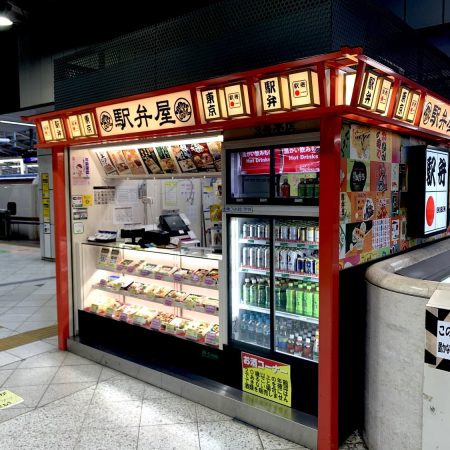Japanese Custom of Reading Between the Lines
It is often observed that Japanese people put a high value on harmonious relations. The harmony principle may, as some scholars maintain, be a deep-seated cultural adaptation to the rice-based agriculture and feudal structure of ancient times. Whatever may be the case, Japanese often display a reluctance to express personal opinions and feelings in a clear and straight-forward way. The commonly expressed fear is that a more direct and transparent communication may disturb the social harmony that is seen as essential to the peace and cooperation of Japan’s relatively homogeneous society. What has evolved from this cultural imperative is a sophisticated language of indirect communication and strategic ambiguity based on innuendo and social conditioning. Depending on the context and situation, “yes” may mean “maybe” and “maybe” may mean “no.” The recipient is expected to decipher the intended meaning. Effective communication, in short, depends on a tacit understanding of the motivation and intention behind the words and expressions of the speaker and responding in a culturally appropriate way.
“Kuuki wo yomu” (reading the air) is how this ritualistic form of indirect communication is normally described. It is a difficult concept to grasp or explain since it is a cultural phenomenon unique to Japan. While there is no concise and clear English explanation, it is the intent to exercise tactfulness and perceive the speaker’s true intentions. The ability to reach an unspoken understanding is a critical skill in maintaining relationships both in the workplace and in daily life. Understanding the unspoken meaning makes any interpersonal interaction more amicable and, oddly enough, facilitates harmonious and productive communication between Japanese.













